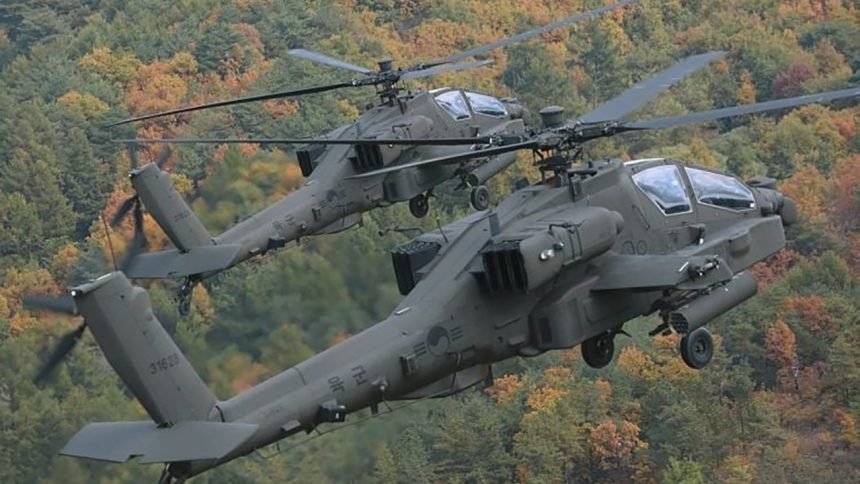The BrahMos supersonic cruise missile, developed by India in collaboration with Russia, is gaining traction among global buyers. According to reports, Vietnam, Indonesia, and the United Arab Emirates are the latest prospective customers.
This development was revealed by Alexander Maksichev, Co-Director of BrahMos Aerospace, during a statement to the Russian news agency TASS on November 27.
“Talks are being held with Indonesia, Vietnam, and the UAE,” Maksichev stated, adding that these nations are at the forefront of discussions for potential contracts. He refrained from providing further details about the ongoing negotiations but confirmed their active interest in the missile system.
The BrahMos missile, currently operational in the Indian Armed Forces, has already found international buyers. The Philippines was the first to sign a deal.
In January 2022, the Southeast Asian nation secured a US$375 million contract for three batteries of the shore-based anti-ship variant of the BrahMos. The first batch was successfully delivered earlier this year, cementing BrahMos’s entry into the global defense market.
The missile’s appeal lies in its versatility and precision. The Indian government has described it as the “precision-strike weapon of choice,” aligning with India’s broader ambition to emerge as a significant defense exporter.
In January 2021, India outlined a list of “friendly nations” deemed potential buyers of the missile, including the Philippines, Indonesia, Vietnam, Saudi Arabia, the UAE, and South Africa. The list has since expanded to include countries like Algeria, Greece, and Malaysia.
BrahMos Aerospace is leveraging its success with the Philippines to attract new buyers. Previous reports indicate that delegations from several countries, including South Korea, Egypt, and Thailand, have shown interest in the system.
As talks progress with Vietnam, Indonesia, and the UAE, the BrahMos could soon secure new export contracts, further bolstering India’s position in the international defense market.
For India, these deals are about expanding its defense footprint, advancing its strategic partnerships, and achieving self-reliance in defense manufacturing.

Opportunities For New Weapons Suppliers
India’s push to establish itself as a key supplier of indigenous weapon systems has attracted major global attention in the past two to three years.
This shift comes as traditional arms-producing nations like Russia and the United States face overstretched production lines driven by their direct or indirect involvement in conflicts.
Russia’s invasion of Ukraine has been particularly pivotal in reshaping global defense procurement strategies. The war has raised critical questions about the risks of over-reliance on a single supplier and underscored the need for countries to diversify their diplomatic, economic, and military partnerships.
As a result, several nations have sought to broaden their defense supplier base. The UAE, a country now expressing interest in India’s BrahMos supersonic cruise missile, has historically depended on Western arms manufacturers for its military needs.
This reliance was shaped by political considerations, such as the allure of high-profile Western weapon systems and Abu Dhabi’s military requirements.
However, Western nations’ imposition of stricter export controls and the UAE’s growing concerns over evolving aerial threats to its territorial security have prompted a rethinking of its procurement policies.
Countries like China, Turkey, and South Korea have capitalized on this shift, offering competitive defense solutions under more flexible terms.
For instance, when the UAE sought to acquire MQ-9 Reaper drones from the US, stringent usage conditions led it to opt for the Chinese Wing Loong II drones instead, which were sold with minimal restrictions.
South Korea has also emerged as a prominent supplier to the UAE. A few years back, the UAE signed a US$800 million deal for South Korea’s K-239 Chunmoo multiple-launch rocket systems (MLRS).
The K-239 Chunmoo MLRS, known for its affordability and tactical effectiveness, has become a favored alternative to more expensive Western systems like the US-made HIMARS.

Similarly, Saudi Arabia, a Middle Eastern powerhouse reportedly also expressing interest in India’s BrahMos missile, has been actively diversifying its defense procurement strategy, creating a potential opening for India to establish a foothold in the Saudi defense market.
Traditionally reliant on the United States—its primary supplier accounting for over 70% of its weaponry—Saudi Arabia is exploring alternatives to enhance self-reliance and reduce overdependence.
This move aligns with the kingdom’s broader Vision 2030 plan, which mandates that 50% of its vast defense budget be spent locally by the end of the decade to bolster security and domestic manufacturing.
One of the most significant recent developments in Saudi Arabia’s defense ties has been its growing collaboration with Turkey.
Diplomatic rapprochement between the two nations has led to enhanced cooperation, underpinned by Turkey’s remarkable success in building a robust domestic defense industry over the past two decades.
This partnership was formalized in August 2023 with a landmark US$3 billion deal for Saudi Arabian Military Industries to acquire AKINCI unmanned combat aerial vehicles (UCAVs) from Turkey’s Baykar. The deal also includes provisions for joint production and technology transfer.
Earlier this year, Saudi Arabia further strengthened its defense collaboration with Turkey by signing a US$120 million agreement with Ramsa Defence to establish two weapons-manufacturing facilities within the kingdom.
These moves highlight Riyadh’s strategic intent to develop a domestic defense manufacturing ecosystem while diversifying its foreign suppliers.
In addition to advanced drones, Saudi Arabia is eyeing participation in developing the next-generation fighter jet.
On November 27, Italian Foreign Minister Antonio Tajani revealed that Saudi Arabia will likely join the Global Combat Air Program (GCAP), a collaborative effort by Italy, Britain, and Japan to develop a state-of-the-art frontline fighter.

This next-generation fighter initiative, launched in December 2022, merges the UK-led Tempest and the Japanese Mitsubishi F-X.
While Tajani’s statement underscores Saudi Arabia’s ambitions, Japan’s approval of Riyadh’s entry into GCAP remains uncertain. The program’s expansion follows discussions in Brazil earlier this month during the G20 event between the leaders of Italy, Japan, and Britain.
Leading defense firms like Leonardo, BAE Systems, and Mitsubishi Heavy Industries drive the project. The partners aim to have the aircraft operational by the mid-2030s.







